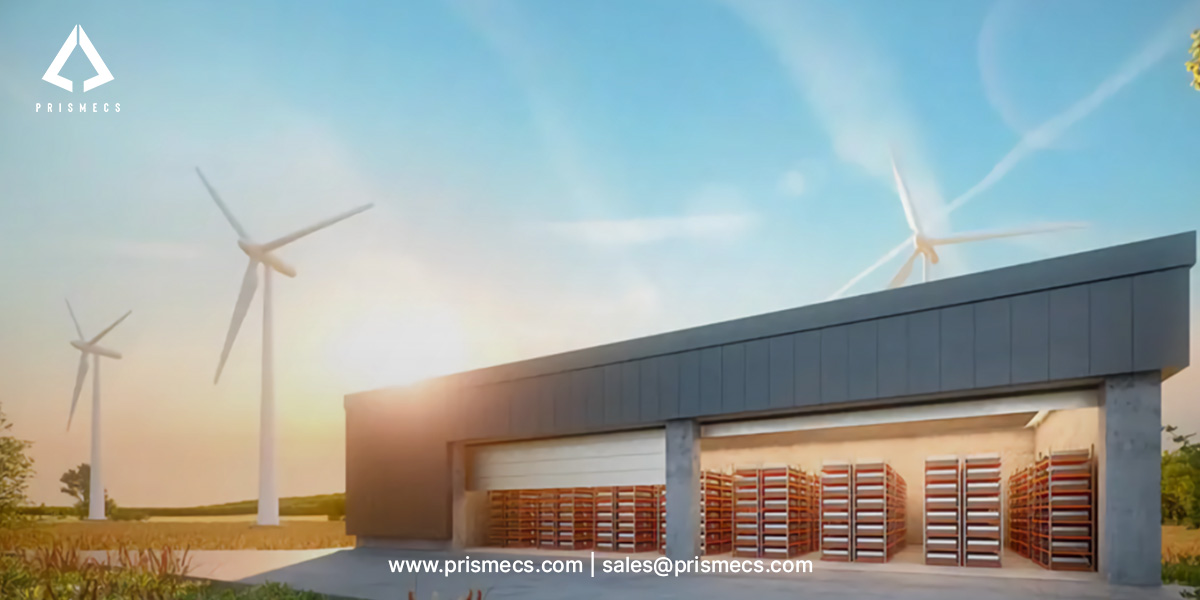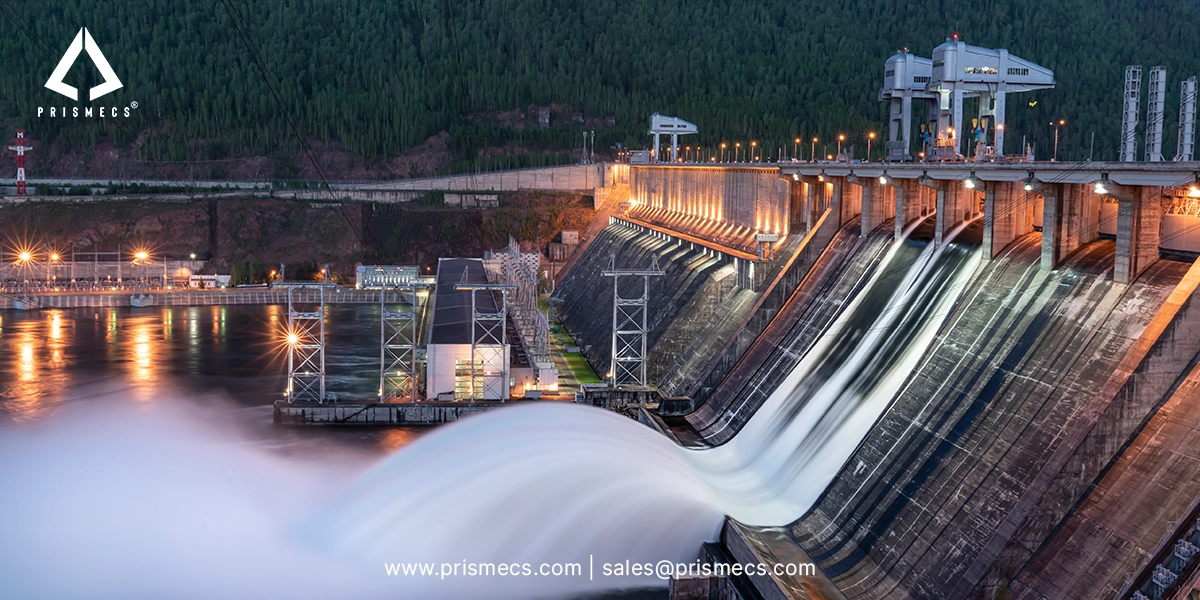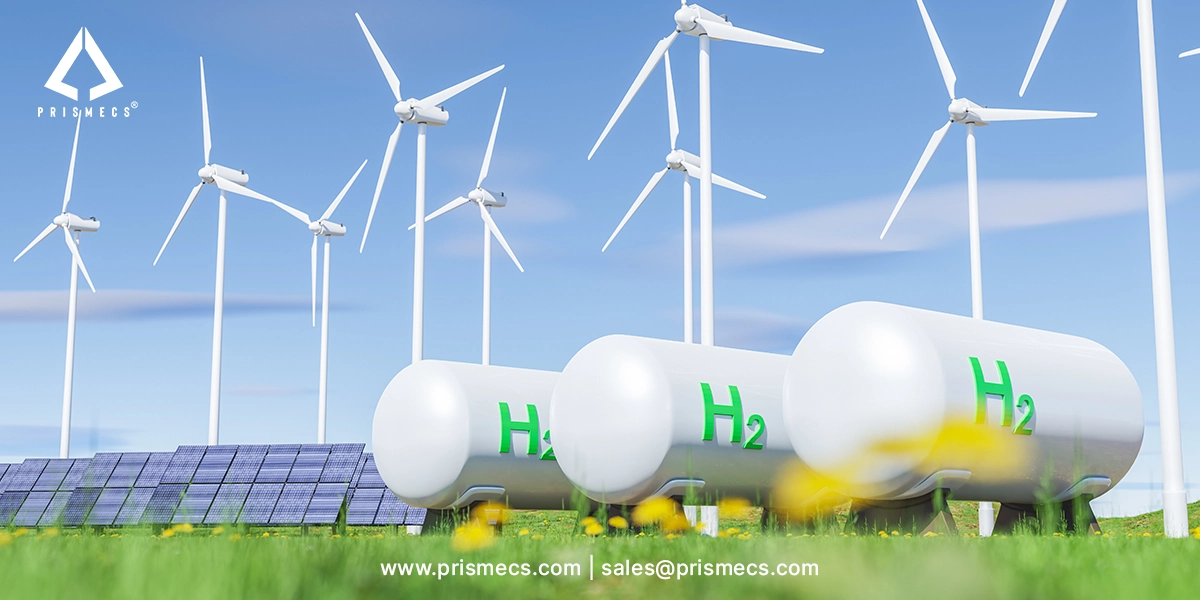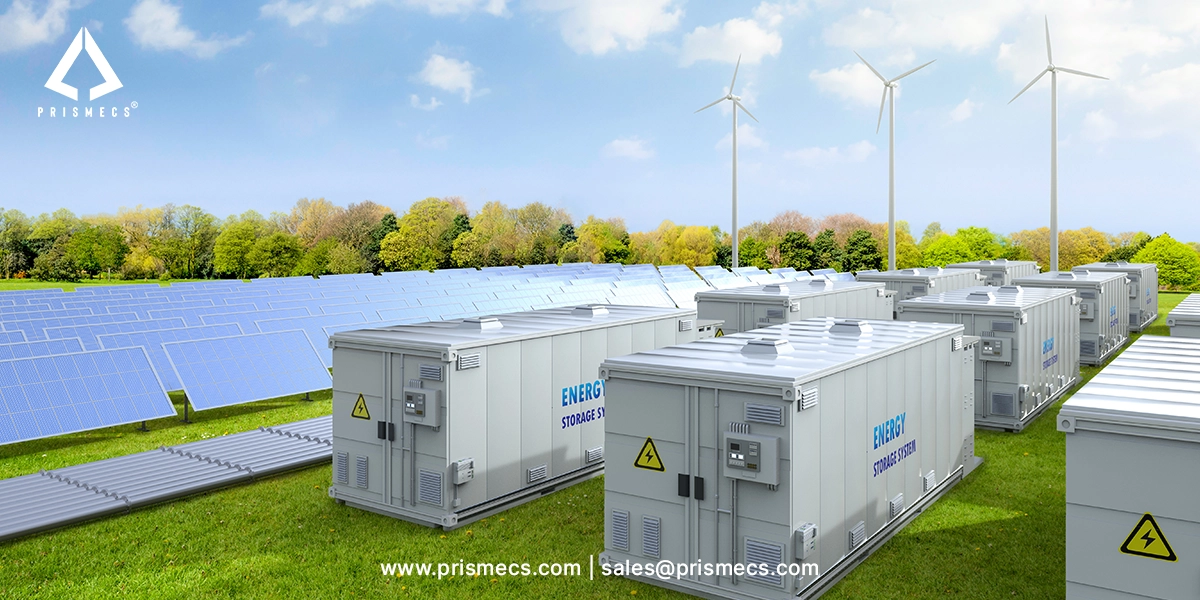
Distributed Energy Generation has come out as a game-changer for businesses that want to produce power by themselves. Thus reduce their dependence on centralized power plants.
Businesses can use renewable energy sources like solar panels. They can also use combined heat and power (CHP) systems. Fuel cells provide another option for electricity production. This method is eco-friendly and cost-efficient.
Companies can rely on these facilities during extreme weather. This guide shows businesses how to implement its generation. It explains the benefits of integrating distributed energy resources (DER) in operations.
Understanding Distributed Energy Generation
This energy is produced from renewable sources. It uses micro-systems positioned near end-users. Traditional systems supply electricity through long-distance transmission.
This method relies on centralized power plants. However, distributed power is the preferred option. With this decentralized energy generation, businesses can produce energy right on the premises of their facilities.
This nearby power production diverts less load from the electricity grid. It acts as a buffer against sudden power outages. This system gives the customer a sound energy alternative. It also provides a more affordable energy option.
Distributed generation (DG) in the residential and commercial buildings sectors and the industrial sector refers to onsite, behind-the-meter energy generation. DG often includes electricity from renewable energy systems. Such as solar photovoltaics (PV) and small wind turbines. As well as battery energy storage systems that enable delayed electricity use.
Benefits of Distributed Energy for Businesses
Implementing distributed energy offers numerous benefits to businesses:
Cost Savings
One main factor defines the relationship between businesses and DEG. It is the opportunity to save money. Businesses can generate electricity through solar photovoltaic systems. They can also use combined heat and power units.
Battery storage helps businesses produce their own electricity. This reduces their dependence on the traditional grid. As a result, businesses lower their energy bills.
Experts expect global electricity demand to rise faster over the next three years. It will grow by an average of 3.4% annually through 2026.
The use of solar energy makes distributed energy resources cheaper for businesses. Companies can achieve a considerable return on their investment. They benefit from lower energy expenses.
Energy Reliability
Extreme weather events disturb electricity, thus power failures because of which business operations are negatively affected. However, it helps businesses become energy resilient. Businesses generate their own power. This process avoids disruptions caused by grid failures.
Battery storage solutions work well for distributed energy generation. They store additional power produced during the day. Businesses can use this power at night or during a blackout. This approach ensures electricity comes without interruptions.
Environmental Sustainability
This energy generation has seen a rise in businesses' increasing need to adopt sustainable practices. Companies can use solar panels and fuel cells for green energy. This approach minimizes their carbon footprint.
It also reduces their reliance on fossil fuels. Power generation using renewables, instead, reflects a decrease in g greenhouse gases, hence global efforts to fight climate change.
Key Components of a Distributed Energy System
To successfully implement distributed energy systems, businesses need to understand the various components involved in the system. Here's a breakdown of key elements:
Renewable Energy Sources
Businesses can generate energy via renewable energy technologies such as solar energy systems, wind production, and biomass. Many people widely adopt the use of photovoltaic cells. Their installation is fast and efficient. They have high-scale adaptability.
Additionally, they are low-cost. The photovoltaic systems are solar panels that allow businesses to produce electricity during the day.
The photovoltaic systems include battery storage. This storage ensures energy is available at night. It also provides energy during outages.
Battery Storage
Battery storage makes the generation of distributed energy more feasible. It accumulates excess power from low-demand periods. This occurs during the renewable energy generation process.
These systems benefit consumers by storing power. Consumers can use stored power when grid electricity costs are higher. They can also use it when renewable energy generation is low.
Battery storage contributes to the overall energy efficacy and also helps companies exercise control over their electricity exploitation to a greater extent.
Combined Heat and Power (CHP)
The CHP units convert fuel into electricity. They use waste heat to heat buildings. They also run major industrial processes. CHP units capture heat produced during electricity generation.
They use this heat-to-heat building. Additionally, the power industrial processes. CHP units enhance energy efficiency by utilizing heat that would otherwise be discarded. Hence, they are the best option for businesses that optimize their distributed energy resources.
Fuel Cells
An alternative to fuel cells emerges. This alternative involves entities producing electricity without the grid. These machines convert chemical energy into electricity.
They use fuels such as hydrogen. They achieve this without combustion. This method is cleaner and more efficient for producing energy.
Fuel cells play an additive role in tandem with other distributed energy resources to improve reliability and energy efficiency.
Smart Grid Integration
Businesses must connect their systems to the larger grid system. This connection maximizes power through generation. Grid operators play an important role in this process.
They ensure companies can push unused energy back to the grid. They also allow companies to fetch power during equipment repairs. Smart grid technology brings innovations like real-time monitoring.
It enables control of power generation. Additionally, it optimizes power plants and the grid structure simultaneously.
The U.S. power grid added 20.2 GW of generating capacity in the first half of 2024.
Distributed Energy Generation Market Size
The Market will reach a value of USD 525 billion by 2030. It will grow at a rate of over 10.2% each year.
Steps for Distributed Energy Implementation
Its implementation for your business requires proper organization and attention to detail. Here’s a step-by-step guide to help you get started:
Assess Your Energy Needs
In the beginning, analyze your venture's consumption trends. Energy efficiency monitoring shows how much energy you use and when you use it. This information helps you evaluate the size and type of your energy system. Ensure you take into account elements like peak demand periods, total energy costs, and troublesome seasonal energy use variability.
Choose the Right Energy Sources
Pick out the renewable energy sources that can cut down your company's site(s) dislocation and energy consumption demand.
Solar panels work well in areas that get a lot of sunlight. They can provide heat and electricity for businesses using combined heat and power systems.
Sometimes, it helps to use two or more energy sources, like solar panels and fuel cells. This approach offers more flexibility and reliability.
Design a Distributed Energy System
Work with energy experts to design a distributed energy system that meets your needs. Your system should include the right mix of renewable energy generation, battery storage, and smart grid integration. Ensure that the system is scalable to accommodate future energy demand growth.
Implement Battery Storage Solutions
Battery storage is a must for the optimal use of distributed energy resources. Make sure your storage unit has enough energy. It should match or exceed the energy needed during peak demand or power outages. Businesses also popularly use lithium-ion batteries because they offer high storage capacity and reliability.
Monitor and Optimize Your System
Your system is already using smart grid technology to monitor its performance in real-time. With this, you can change the settings to improve efficiency. This will help reduce waste and ensure you produce enough electricity for your needs.
Ensure Compliance with Regulations
Before using your energy generation system, you must comply with local rules and standards. Your system must meet safety and performance requirements. Grid operators will negotiate with you for a smooth connection to the local grid.
Distributed Energy is the Future for Businesses
It empowers businesses to obtain more energy savings and ensure better quality of service. Minimize their carbon footprint. Businesses can use renewable energy sources to become more energy-independent and resilient. These sources include solar panels, combined heat and power systems, microgrids, and fuel cells.
In 2024, the United States had installed 692 microgrids, collectively generating close to 4.4 gigawatts of power. In the last four years, developers built over 212 microgrids, totaling more than 419 MW in capacity.
Battery storage and smart grid integration help companies manage their energy needs. This also allows them to join the push for sustainability. Adapting to distributed energy is not only a means to operational efficiency but also an investment in the future of energy management.
Embrace Distributed Energy for Your Business with Prismecs
At Prismecs, we know how beneficial it can be for businesses. Our skilled team is here to help you with a custom energy solution. We use renewable energy sources to boost efficiency, and our system also provides reliable power during outages.
Our microgrid design and installation, Demand Response Programs, and Grid-Interactive Technologies help businesses manage a decentralized energy system.
Prismecs is ready to provide valuable insights and comprehensive services, from installing solar panels to battery storage and microgrids. To avail of our services, you can call us at +1 (888) 774-7632 or send us an email at sales@prismecs.com.
Tags: Renewable Energy Sources Electricity Grid Distribution System Centralized Power Plants Transmission And Distribution Distributed Energy Resources Power Systems
recent posts

Renewables
5 minutes read
How Renewable Energy Systems Work Efficiently
Discover how renewable energy systems work efficiently to provide affordable, zero carbon energy, overcome storage challenges, and power for a sustain...

I and C Services
7 minutes read
Expert Commissioning Services for Safe, Efficient Operations
Learn how expert commissioning services support safe, efficient, and reliable energy operations across complex industrial and power systems.

Green Hydrogen
7 minutes read
Green Hydrogen Plant Technology Guide
Discover how a green hydrogen plant works, its key technologies, and its role in clean energy. Explore solutions for scalable, carbon-free hydrogen pr...

EPC Services
7 minutes read
EPC Power: From Design to Delivery of Reliable Energy System
Discover how EPC power solutions streamline design to delivery, ensuring reliable, efficient, and future-ready energy systems in one integrated proces...